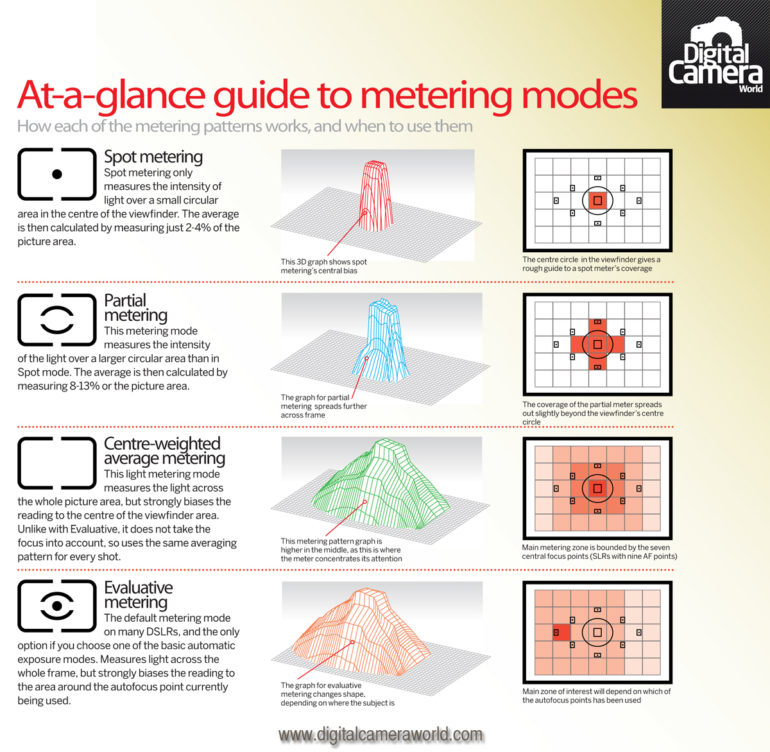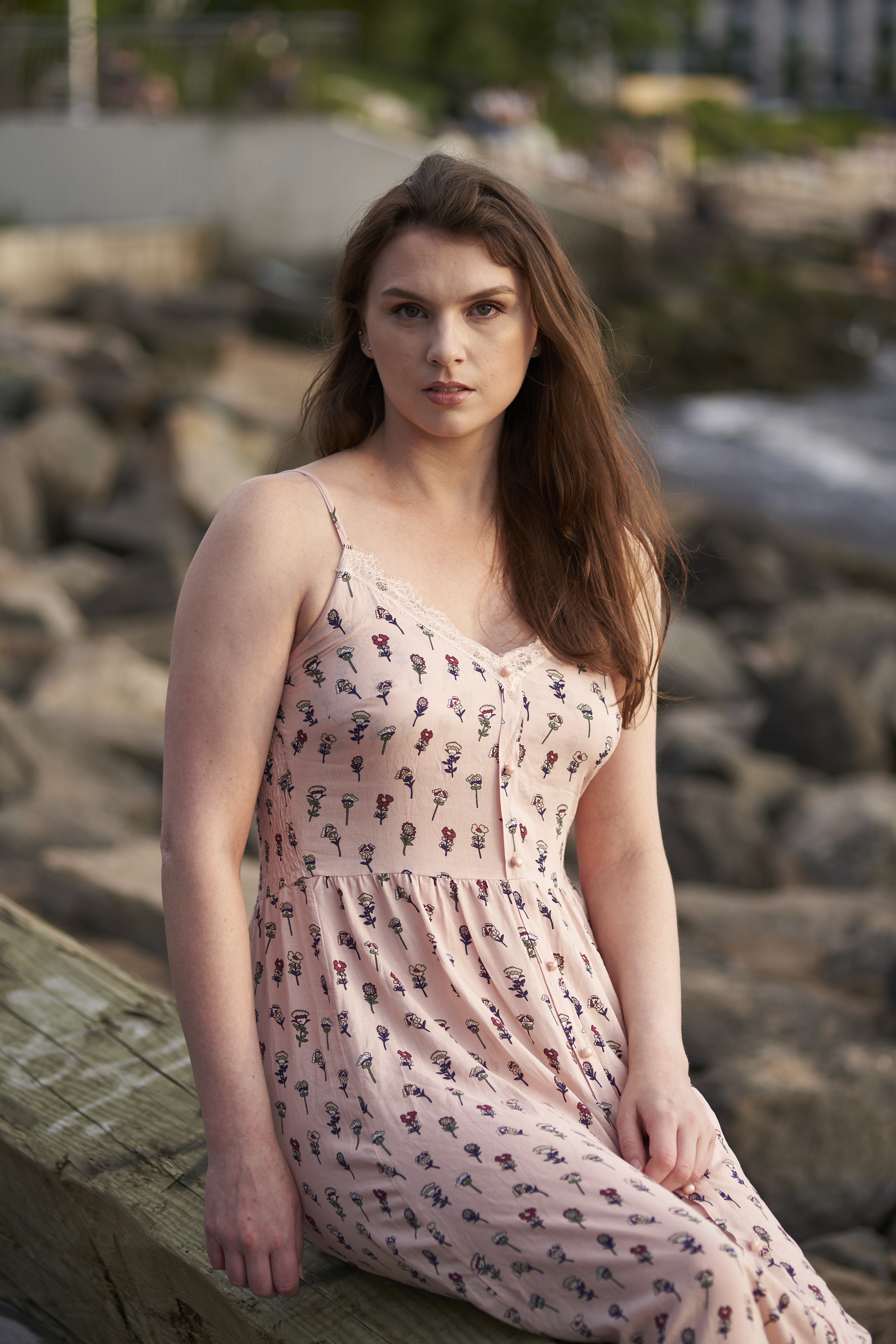Last Updated on 08/05/2019 by Mark Beckenbach
Ever been confused about which of your camera’s metering modes is best for which scene? Keep this handy cheat sheet close on your next shoot!
If you’ve yet to master your camera’s features and settings, understanding the metering modes is one of the crucial elements to get started with. Through this functionality, your camera evaluates the best exposure settings to choose based on a particular scene. With this quick tutorial and cheat sheet from Digital Camera World, you’ll soon be able to get your exposure spot-on with the right metering mode. The tutorial explains how metering modes are valuable for ensuring that your photos are correctly exposed. They determine the extent of the darkest areas, brightest areas, and everything in between, as well as the best aperture and shutter speed combination. The cheat sheet below covers the four most common metering modes you’ll find in most cameras today, how they work, and when to use them.

Evaluative metering (also known as matrix in some cameras) is the default metering mode on many DSLR cameras, and the only option to go for if you’re shooting with a basic automatic exposure mode. To produce the best balance in the photo, it measures the light throughout the frame but focuses its reading on the area around the autofocus point used.
Spot metering, as the term suggests, only measures light within a small circular area indicated at the center of the viewfinder. It covers just 2-4% of the picture area that you see on the LCD or viewfinder in order to come up with an average measurement. Because of this, spot metering is best used for subjects that take up only a small portion of the shot, like a person in the distance or a small object. Since it only measures a small part of the frame and omits the rest, you’ll need to be precise about using this metering mode. If your subject occupies a slightly larger area in the frame, go for partial metering (usually available on Canon models), which measures 8-13% of the picture area.
Center-weighted average metering measures the entire scene but prioritizes the exposure towards the center of the frame. This metering mode is especially useful when your subject is against a much brighter or darker background, such as shooting portraits with the subject against a very bright background or sky. Shooting with evaluative metering may underexpose this kind of lighting since it prioritizes measuring the brighter parts, therefore resulting in reduced exposure for the rest of the scene. The center-weighted pattern does better with determining the important elements to base the exposure on.
If you have a more recent model, your camera might have other metering modes as well, such as those designed to preserve the highlights. Bur for now, you might want to master these typical modes if you haven’t yet. As a bonus, we suggest also checking out our tip on which metering mode to use, as well as our Spot vs. Evaluative metering comparison.


